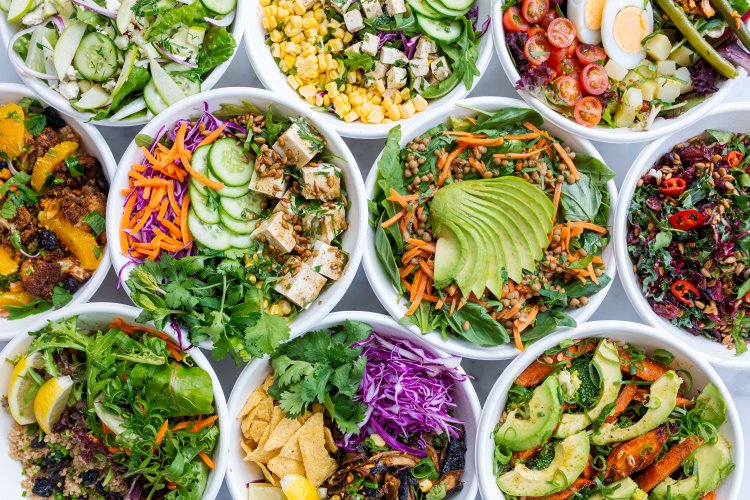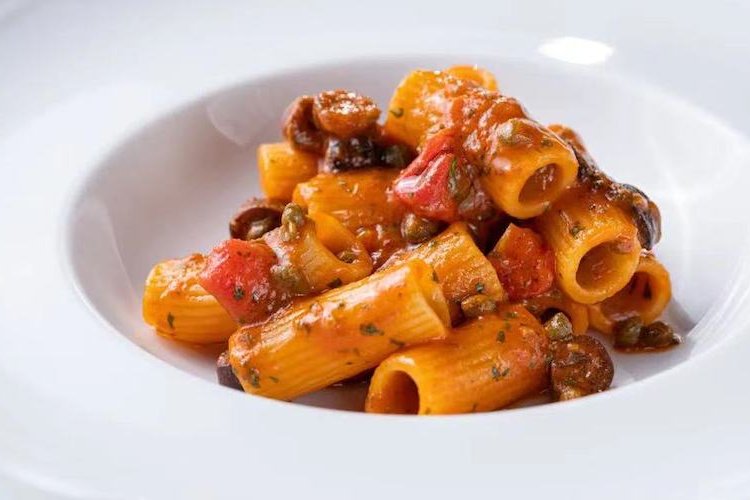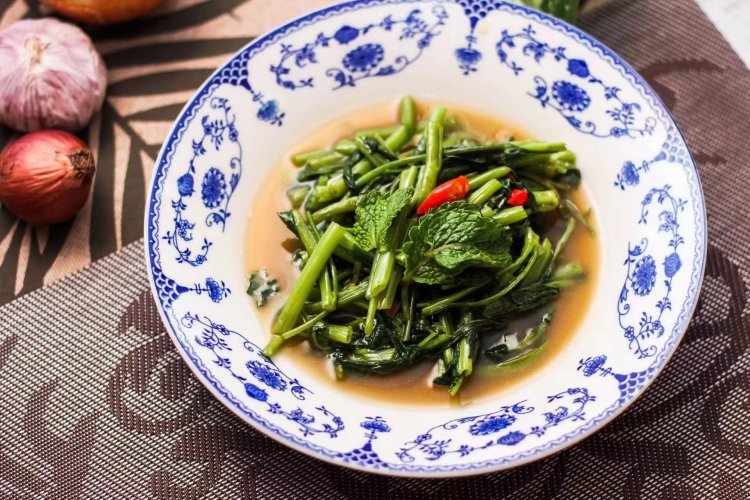Tip of the Iceberg: Mixing Your Salad Greens in Beijing
Are the limp lettuce and pallid tomatoes of dabancai tiring you out? Despite China’s culinary prowess when it comes to vegetables, take the flame away and the kitchen’s lost its game. Salads out at the Western joints rack up a bill pretty quick, and for what, just rabbit food? And if you want to take it into your own hands, Jenny Lou’s might have some tired, plastic-wrapped greenery – but what verdant leaves are available at local markets for a fraction of the cost?
ROMAINE
zhílì shēngcài 直立生菜 or luó mǎ shēng cài 罗马生菜
Superior to iceberg nutritionally, it still has excellent crunch. The long leaf has a stiff center rib with a slightly bitter taste. The OG (Original Green) for the Caesar salad.
BUTTERHEAD LETTUCE
nǎiyóu shēngcài 奶油生菜
Large, oval leaves of this variety of head lettuce are smooth, like butter, and add delicate texture to a salad mix.
BOK CHOY xiǎo báicài
小白菜
Keep them small if you’re eating these raw. You’ve certainly seen this fibrous child of the brassica family (cancer-fighters) glistening in oil aside shitake mushrooms, but with crunch and body, they work well raw, too. Buy them small for tenderness.
INDIAN LETTUCE
yóumàicài 油麦菜
This long Chinese lettuce with an elusive English translation is prevalent in markets and around town, and the unique flavor of these leaves has a bit of a nutty essence to it. Locally, you’ll find it stir-fried with garlic or dressed with a sesame seed paste sauce. It can also be eaten raw mixed with other lettuces.
AMARANTH
xiàncài
苋菜
There are two varieties of this small leaf in Beijing – green and purple. They lack crunch but add color and high levels of calcium, iron and Vitamin K. Chop tough stalks up finely (or avoid altogether) and toss in extra vegetables like bell peppers to increase iron absorption.
GARLAND CHRYSANTHEMUM
hāozǐgǎn 蒿子秆
ROUND LEAF GARLAND CHRYSANTHEMUM
tonghāo 茼蒿
This curly, potassium-rich green springs up most often at hotpot in mixed vegetable baskets. Slightly bitter and mildly medicinal, there are both serrated and lobed leaves, the latter are slightly more pleasant when eaten raw.
PURSLANE
mǎchǐxiàn 马齿苋
Love it or hate it, purslane has a polarizing texture that can most accurately be described as “slippery.” It’s rich in potassium and Omega 3 fatty acids and commonly used in TCM herbal formulas to reduce heat.
MIZUNA
shuǐcài 水菜
Mizuna has a mildly peppery flavor with a bit of spicy kick. This taste combined with the decorative small jagged edges brightens a typical mix of romaine and butterhead lettuces.
WATERCRESS
xīyángcài 西洋菜
Another green with some spice and tang, gram for gram, small leaves of watercress have more vitamin C than oranges, more calcium that milk and more iron than spinach. With champion health benefits and a bit of a bite, there’s good reason to toss a little into the mix.
Source: Olivia Lee at http://test.nutritioneer.net
Read the full article in the Beijinger's July issue here.
Related stories :
Comments
New comments are displayed first.Comments
![]() britomart
Submitted by Guest on Thu, 07/11/2013 - 09:30 Permalink
britomart
Submitted by Guest on Thu, 07/11/2013 - 09:30 Permalink
Re: Tip of the Iceberg: Mixing Your Salad Greens in Beijing
Just... watch out for leafy greens at local markets... Those leafy greens are the worst offenders for soaking up pesticides--can't be just washed off, as it's soaked into the leaves. Our Beijing markets are often where the toxic veggies get dumped by gov't after buying up unsellable produce from cancer villages and then selling them in the big cities where urbanites have no idea where the produce has come from.
Validate your mobile phone number to post comments.






